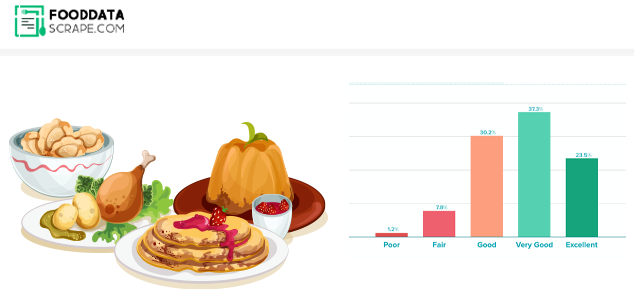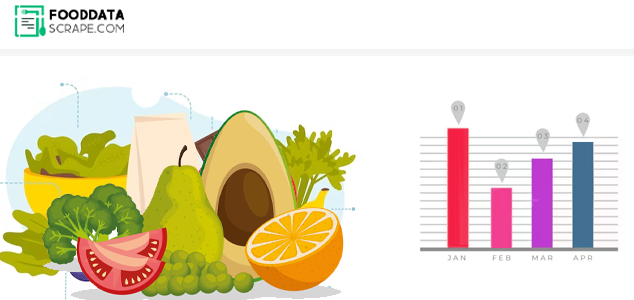






















This 2025 research report examines consumer preferences, ingredient trends, and demographic patterns for burgers and sandwiches, leveraging data from restaurant menus, social media, and food delivery platforms. Sandwiches lead with 59.1% menu penetration and a 1% rise in social media engagement, while burgers, appearing on 41.5% of menus, experience a 5.3% decline in online conversations. Priced at $9.50 on average, sandwiches slightly outcost burgers at $9.10, reflecting their positioning across casual and premium dining. The report explores trends like plant-based options, global flavor fusions, and health-conscious choices, with sandwiches excelling in versatility and burgers indulgence. Data tables highlight ingredient preferences, such as beef patties, brioche buns for burgers, and wraps with vegetable fillings for sandwiches. Insights enable businesses to innovate, aligning with consumer demands for sustainability, health, and bold flavors in a dynamic culinary landscape.
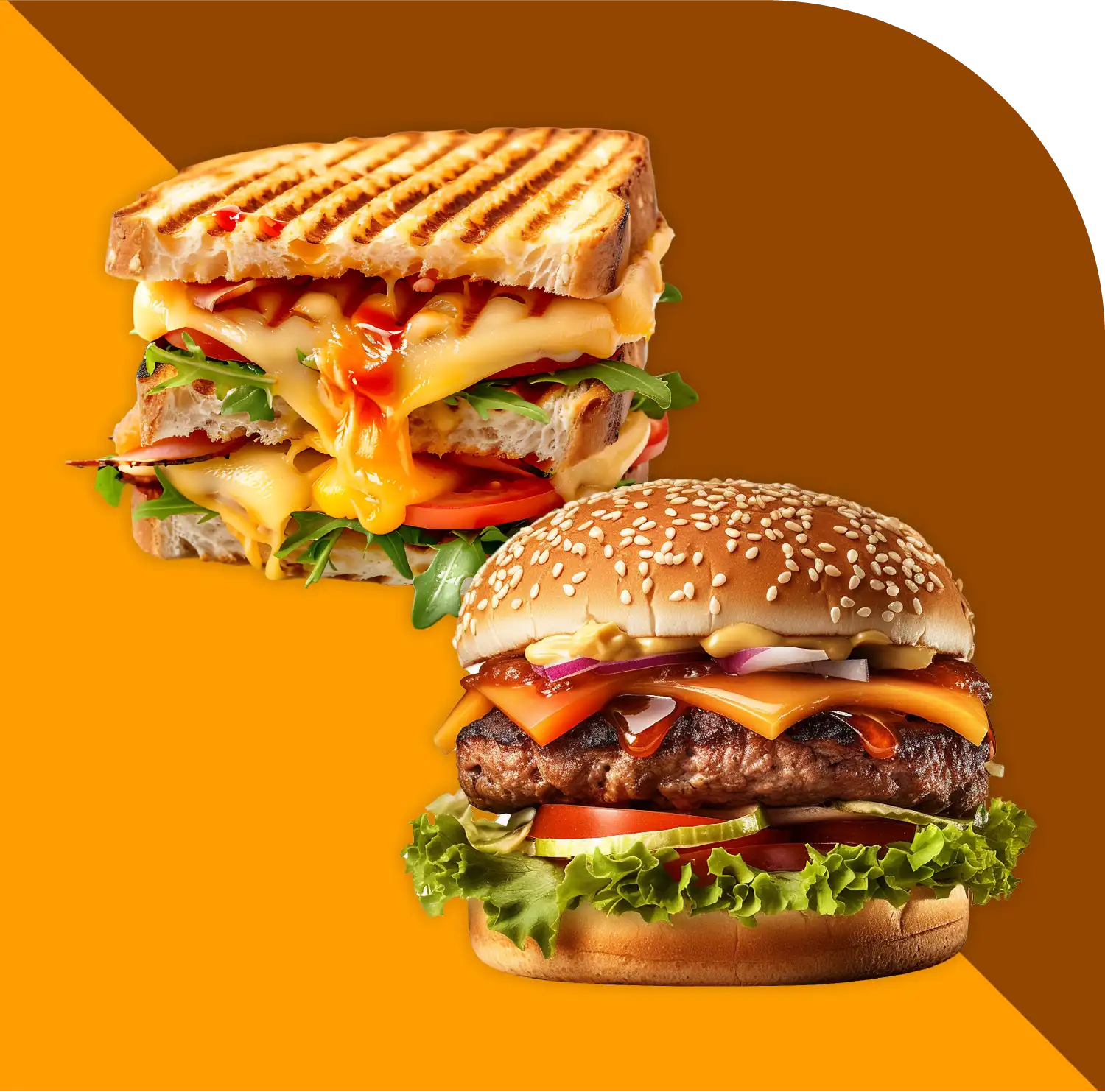
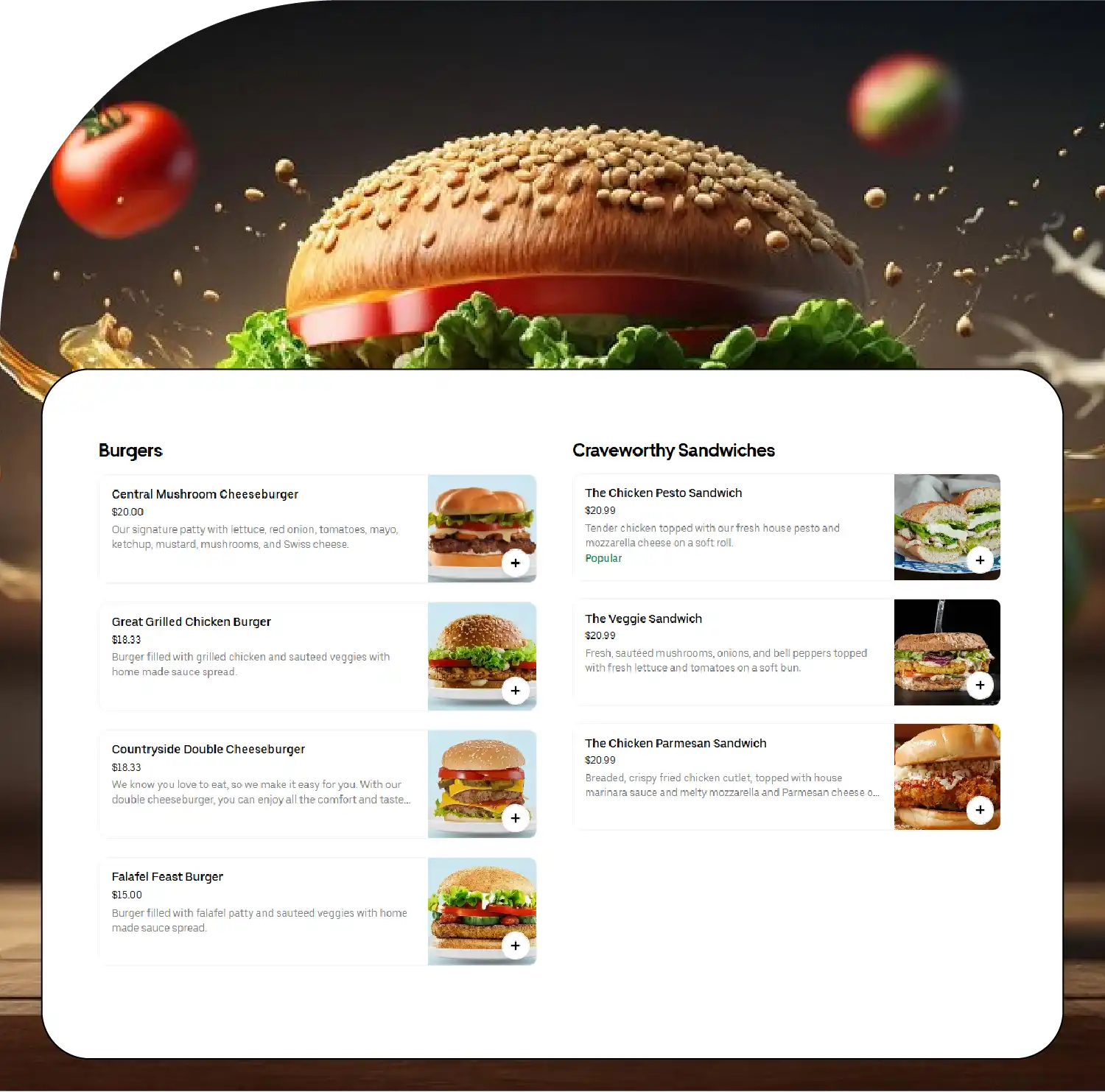
1. Sandwich Dominance: Sandwiches hold 59.1% menu penetration with a 1% increase in social engagement, surpassing burgers' 41.5% presence and 5.3% drop in buzz.
2. Plant-Based Growth: Plant-based patties and deli meats are rising by 10% on menus, driven by consumers' health and environmental consciousness.
3. Global Flavor Fusion: Burgers feature international flavors like gochujang, while sandwiches embrace snackable formats like taco-style sliders, appealing to adventurous eaters.
4. Health-Conscious Trends: Sandwiches incorporate fiber and probiotics, and burgers adopt lettuce wraps, with 23% of consumers prioritizing nutrition.
5. Data-Driven Innovation: Real-time menu and consumer data enable restaurants to create trendy dishes like Truffle Mushroom Burgers and Spicy Avocado Sandwiches.
In terms of global food, burgers and sandwiches remain prevalent, each capturing different segments of consumers. This research project uses Web Scraping Burger vs. Sandwich Food Data to provide a perspective on changes in consumer preferences and the various components that influence burgers and sandwiches in 2025, including demographic variables that effectively differentiate the two categories. Combining technical skills, in addition to the Scraping Burger and Sandwich Food Menu Data, we present a broader analysis of the variety found on menus, regional acceptance, and flavor innovation driving the magnitude of offerings for burgers and sandwiches. The ability to Extract Burger and Sandwich Pricing from Food Menu enables us to analyze the price structure of burgers and sandwiches and the perceived value in different locations. This information gives thoughtful insight into the fluid adaptability of these two predominant categories as they respond to consumer appeals of health, sustainability, and adventurous flavors. By blending real-time web data, the report provides an informative glimpse into the food business mindset for staying competitive in a taste-driven marketplace where burgers and sandwiches remain their identities.
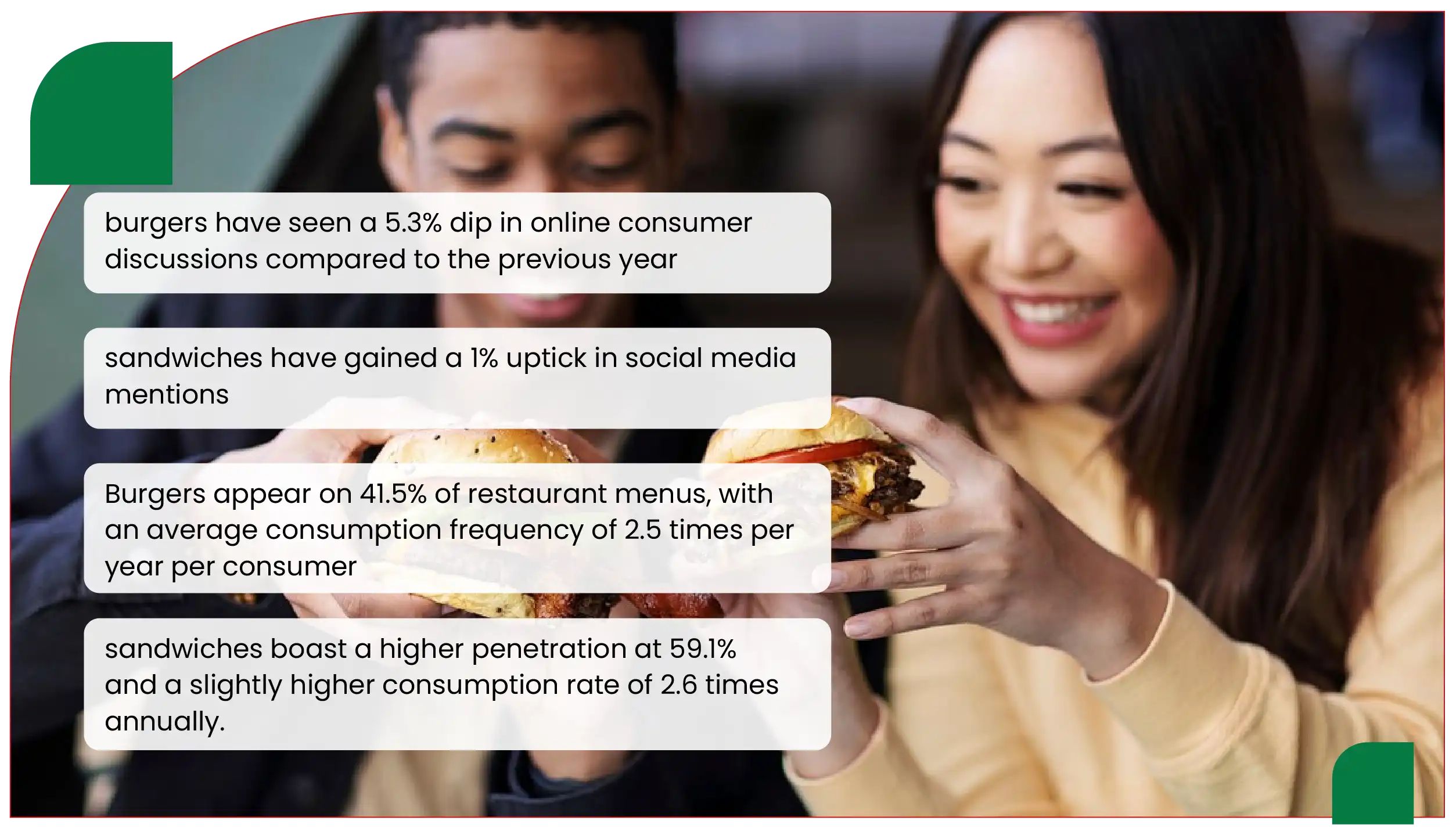
Burgers and sandwiches dominate the fast-food and casual dining sectors, yet their appeal manifests differently. Scrape Customer Ratings Data on Burgers and Sandwiches reveal that burgers have seen a 5.3% dip in online consumer discussions compared to the previous year, signaling a slight shift in attention. Conversely, sandwiches have gained a 1% uptick in social media mentions, reflecting growing consumer interest. Burgers appear on 41.5% of restaurant menus, with an average consumption frequency of 2.5 times per year per consumer, while sandwiches boast a higher penetration at 59.1% and a slightly higher consumption rate of 2.6 times annually. Menu Intelligence for Burgers vs Sandwiches indicates that burgers are priced at an average of $9.10, marginally lower than sandwiches at $9.50, positioning both as accessible yet versatile options across quick-service and upscale dining venues. Social media platforms like TikTok and Instagram amplify their popularity, with visually striking dishes driving engagement. For instance, the viral Italian chopped sandwich has amassed millions of views, showcasing the power of aesthetics in food marketing. Menu Item Analysis for Burger and Sandwich underscores that presentation and innovation are key to capturing consumer interest in 2025.
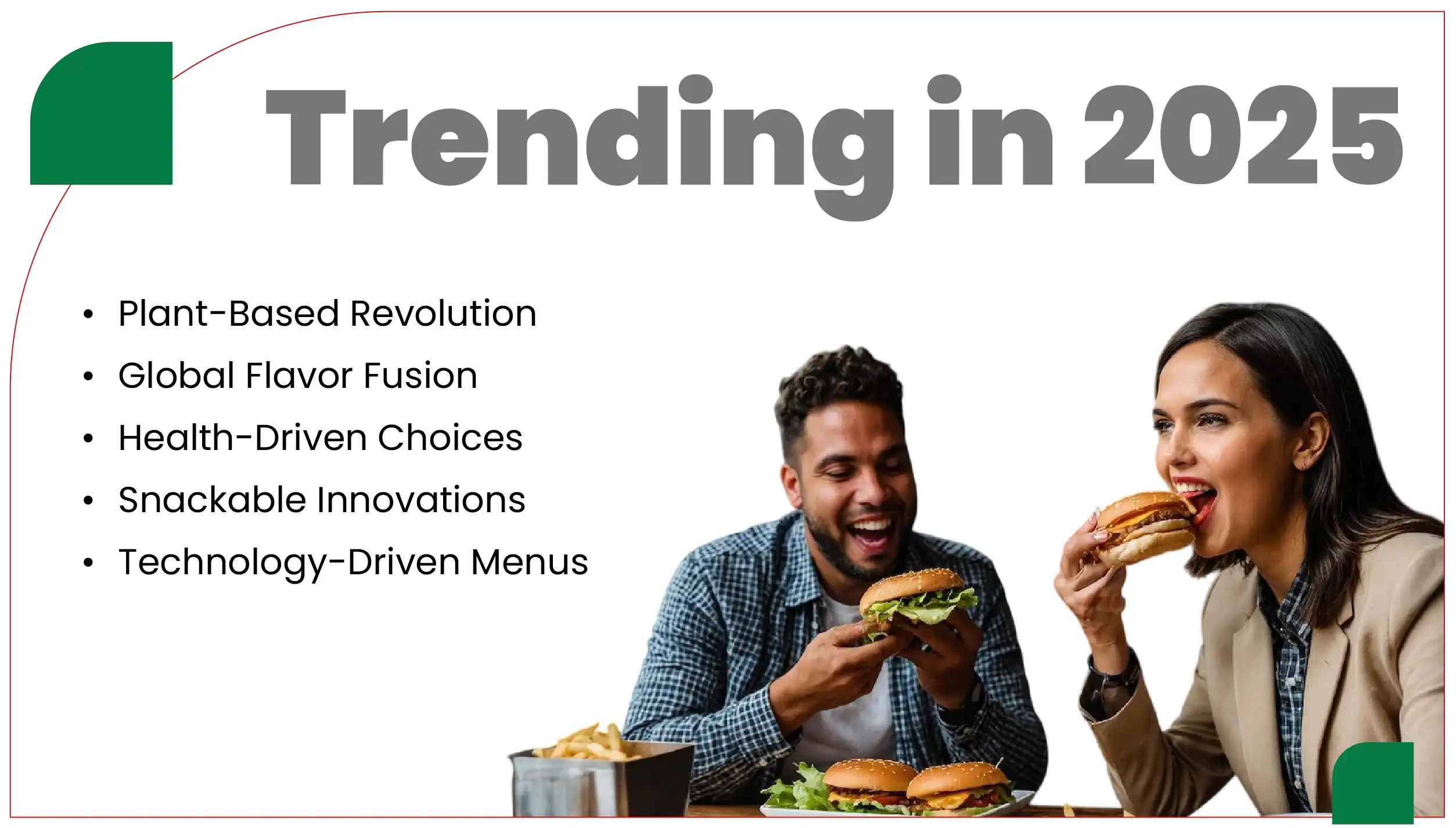
The culinary landscape of 2025 is marked by dynamic trends that redefine burgers and sandwiches:

Burgers are celebrated for their indulgent, comfort-driven appeal. Combining a savory patty, decadent toppings, and a soft bun creates a sensory experience that resonates with 90% of consumers who prioritize enjoyment in their dining choices. Gourmet burgers loaded with toppings like truffle aioli, fried eggs, or caramelized onions cater to those seeking a decadent meal. Their cultural significance as a symbol of casual dining and their adaptability to global flavors make them a favorite across diverse groups.
Sandwiches, on the other hand, are valued for their versatility and convenience. Food Delivery Scraping API Services show that 40% of consumers appreciate their practicality, making them ideal for quick lunches or on-the-go meals. The ability to customize sandwiches with various breads, proteins, and vegetables appeals to health-conscious eaters and those with dietary restrictions. The rise of snack-sized sandwiches, such as ham and cheese sliders (up 6% in mentions), aligns with the growing snacking trend, particularly among younger consumers who value portability.
Burgers
Burgers are built around three core components: the patty, bun, and toppings. In 2025, consumer preferences include:
Sandwiches
Sandwiches offer unmatched flexibility in their construction, with key ingredients including:
Table 1: Burger and Sandwich Market Penetration and Pricing (2025)
| Food Item | Market Penetration (% of Restaurants) | Average Price ($) | Consumption Frequency (Times/Year) | Social Buzz Change (%) |
|---|---|---|---|---|
| Burger | 41.5% | $9.10 | 2.5 | -5.3% |
| Sandwich | 59.1% | $9.50 | 2.6 | +1.0% |
Table 2: Popular Ingredients in Burgers and Sandwiches (2025)
| Food Item | Top Protein Options (% of Menus) | Top Bread Options (% of Menus) | Top Toppings/Fillings (% of Menus) |
|---|---|---|---|
| Burger | Beef (60%), Plant-Based (10%), Chicken (20%) | Brioche (15%), Lettuce Wrap (8%), Gluten-Free (5%) | Aged Cheddar (12%), Mushrooms (12%), Pickles (12%) |
| Sandwich | Ham (5.5%), Chicken (28%), Plant-Based (8%) | Wraps (20%), Baguettes (15%), Croissants (10%) | Lettuce (80%), Tomatoes (80%), Pickled Onions (50%) |
Consumer preferences for burgers and sandwiches vary across demographic groups:
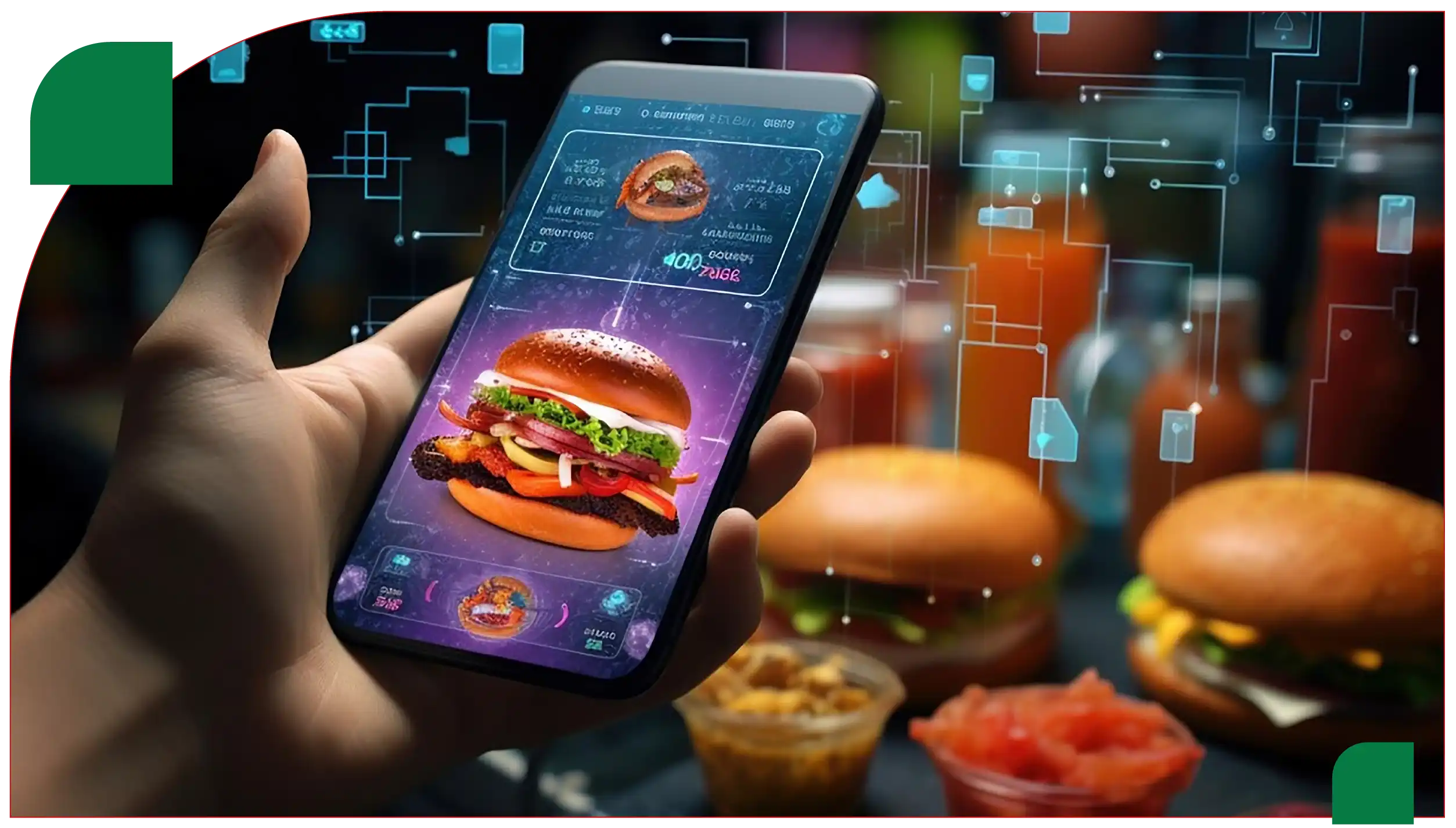
Restaurant Data Intelligence Services have revolutionized how businesses understand burger and sandwich trends. By extracting data from restaurant menus, social media, and food delivery platforms, companies gain real-time insights into consumer preferences, pricing strategies, and ingredient trends. This data enables restaurants to optimize menus, track competitor offerings, and align with demands for sustainability and health, ensuring they remain competitive in a dynamic market.
In 2025, sandwiches are emerging as top performers in consumer engagement due to their versatility and health appeal. Burgers, while still popular, are evolving with gourmet and plant-based twists that keep them relevant and indulgent. Businesses use Food Delivery Intelligence Services to track shifting preferences and menu innovations across regions. Tools like the Food Price Dashboard provide valuable pricing insights for competitive strategy and product positioning. As consumers demand healthier and more sustainable choices, sandwiches continue to rise in menu prominence. Meanwhile, Food Delivery Datasets offer detailed analytics that help brands align offerings with bold flavor trends and local tastes. The balance between indulgence and nutrition defines today’s foodservice success. Using real-time intelligence, brands can cater to changing dining habits more effectively than ever. These insights empower innovation across categories like burgers and sandwiches in a highly dynamic market. By adapting with precision, food brands secure long-term relevance and growth.
If you are seeking for a reliable data scraping services, Food Data Scrape is at your service. We hold prominence in Food Data Aggregator and Mobile Restaurant App Scraping with impeccable data analysis for strategic decision-making.



